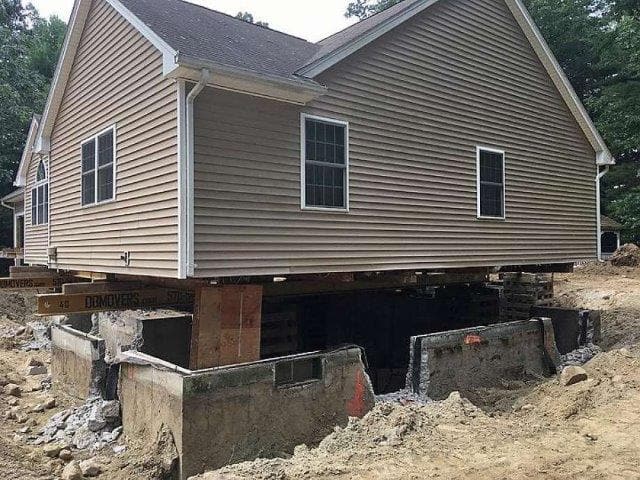10 Simple Techniques For Best Basement Waterproofing
10 Simple Techniques For Best Basement Waterproofing
Blog Article
Facts About Best Basement Waterproofing Revealed
Table of Contents7 Simple Techniques For Best Basement WaterproofingThe smart Trick of Best Basement Waterproofing That Nobody is Talking AboutBest Basement Waterproofing - An OverviewGetting The Best Basement Waterproofing To WorkExamine This Report about Best Basement Waterproofing
AdvantaClean's experienced experts and service technicians will certainly find the water source. If wall or piece cracks are present, we will infuse polyurethane and epoxies into the splits and secure the compromise, avoiding further moisture from getting in.Mounting basement ventilation systems, conditioning systems, or basement dehumidifier systems to get water out of your basement. Selecting AdvantaClean's cellar waterproofing solutions is an effective method to treat dampness and protect against mold from jeopardizing the structure of your home and the health of your family.
If there's condensation outside of the aluminum foil, you have high moisture in your basement. Fix it with a mobile area dehumidifier or a whole-house humidifier system as opposed to waterproofing products. If the aluminum foil has condensation on the inside surface area (beside the wall), the dirt around your house may be naturally damp from a high water table or poor dirt drainage.
You can waterproof just your indoor wall surfaces, which might resolve the issue. Once they dry, they adhere permanently to concrete and stonework wall surfaces.
The Of Best Basement Waterproofing
Concrete waterproof layers can't be used to previously painted surfaces; check the tag. Recognized as densifiers, they are ideal just for walls that haven't been painted or sealed.
But you clean, roll, or spray it on far more thickly one gallon covers just 75 square feet, not the 300 square feet common with basic paint. Water-proof paint is great for do it yourself application. You can use it over repainted surface areas, and paint over it once it's healed (one gallon expenses $37).
It can set you back $10,000 to $15,000, depending on the work required (Best Basement Waterproofing). Exterior waterproofing involves digging deep into all around the home to the complete depth of the structure walls, then installing a waterproof coating or membrane layer topped by water drainage panels.
Examine This Report on Best Basement Waterproofing
A cellar without waterproofing is kind of like that. Your cellar doesn't want to go through a downpour without correct security just as much as you don't desire to.

Outside waterproofing is a waterproofing approach that entails sealing your home from the outside. It's type of like a moat around a castle. It entails excavating a trench around your whole home to the foundation (about 8 to 10 feet down). The foundation walls are after that cleaned, secured, and covered with a water-proof membrane or sealant.
Best Basement Waterproofing Can Be Fun For Anyone
It's a more engaged procedure that calls for digging up your lawn, which is expensive and time-consuming. Exterior waterproofing includes removing everything surrounding your home, including verandas, driveways, walkways, landscape design, AC units, decks, and so on. If any one of the work was done inaccurately and water is still entering your cellar, there isn't much you can do read more to correct or fix it.
Interior basement waterproofing includes waterproofing from the within. Any water that leakages right into your basement is rerouted before it touches your flooring. It's sort of like putting on a raincoat under your clothing. It involves two things: a water drain track and a sump pump. It works by sealing the within your cellar wall surfaces and floors so water that tries to enter is transported out with a sump pump.
It's an efficient technique to water resistant your basement. The drawback of indoor basement waterproofing mostly has to do with the installment procedure.
Best Basement Waterproofing - Questions
Finally, outside and indoor basement waterproofing are both reliable methods of protecting your home from water damages. Exterior waterproofing creates an obstacle that stops water from entering your home, while interior waterproofing reroutes water that does enter your home. And it is essential to keep in mind that outside waterproofing is an expensive and turbulent setup process when compared to indoor waterproofing.
Whichever approach you pick, make sure you choose a reliable and trustworthy contractor for the task. If you have any questions concerning cellar waterproofing, please reach out to us.
You can load out our form below. Best Basement Waterproofing, start a conversation in the lower right-hand corner, or call my blog us at 1-800-827-0702
Report this page